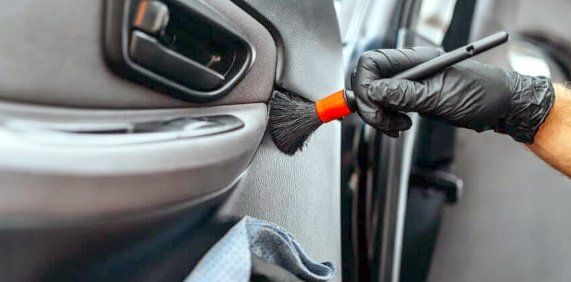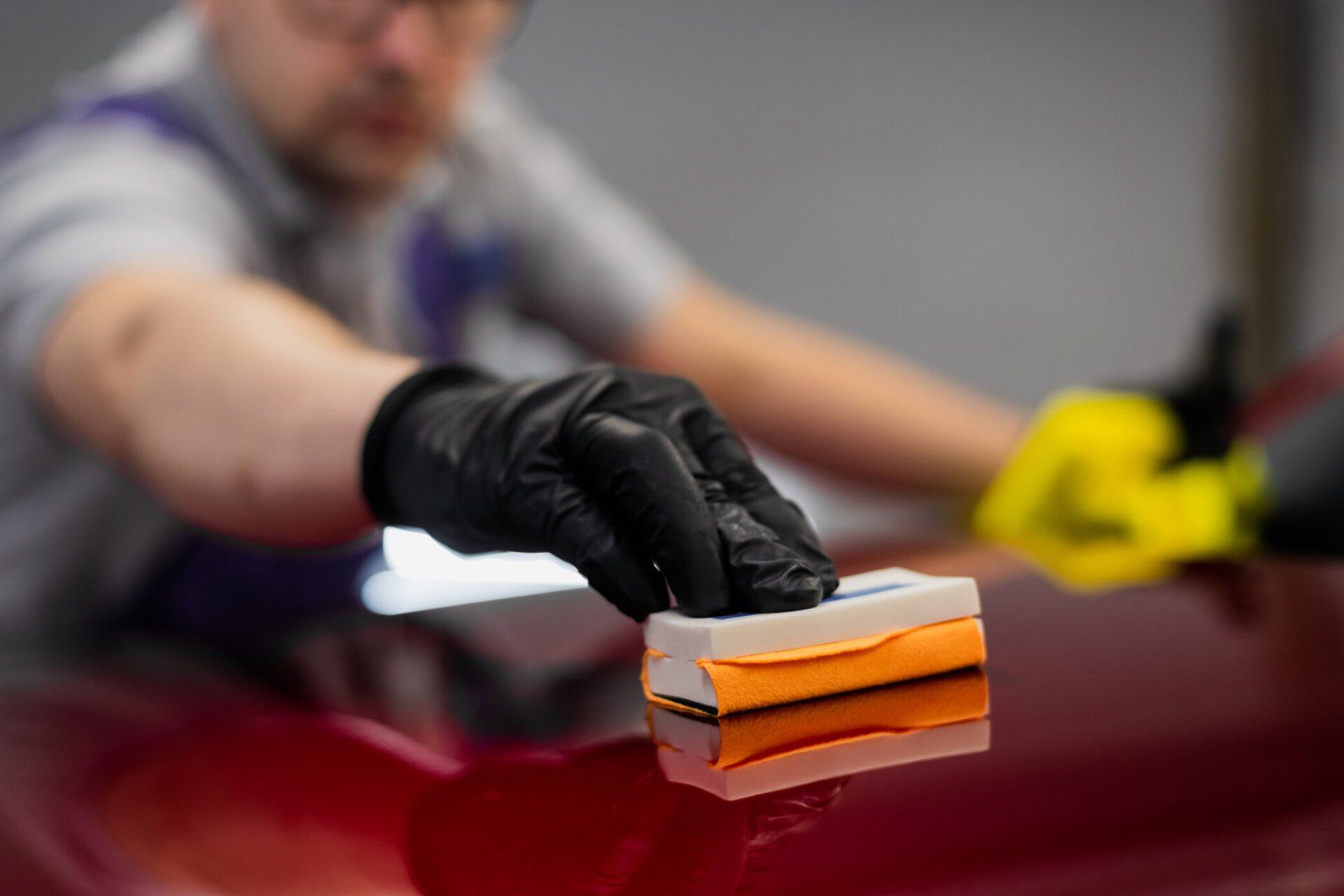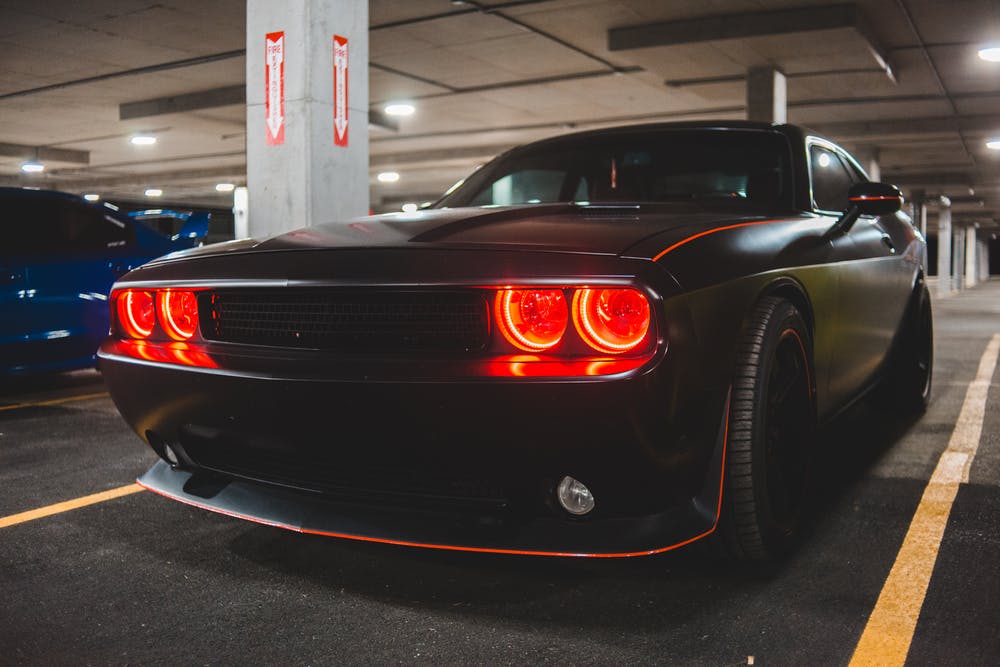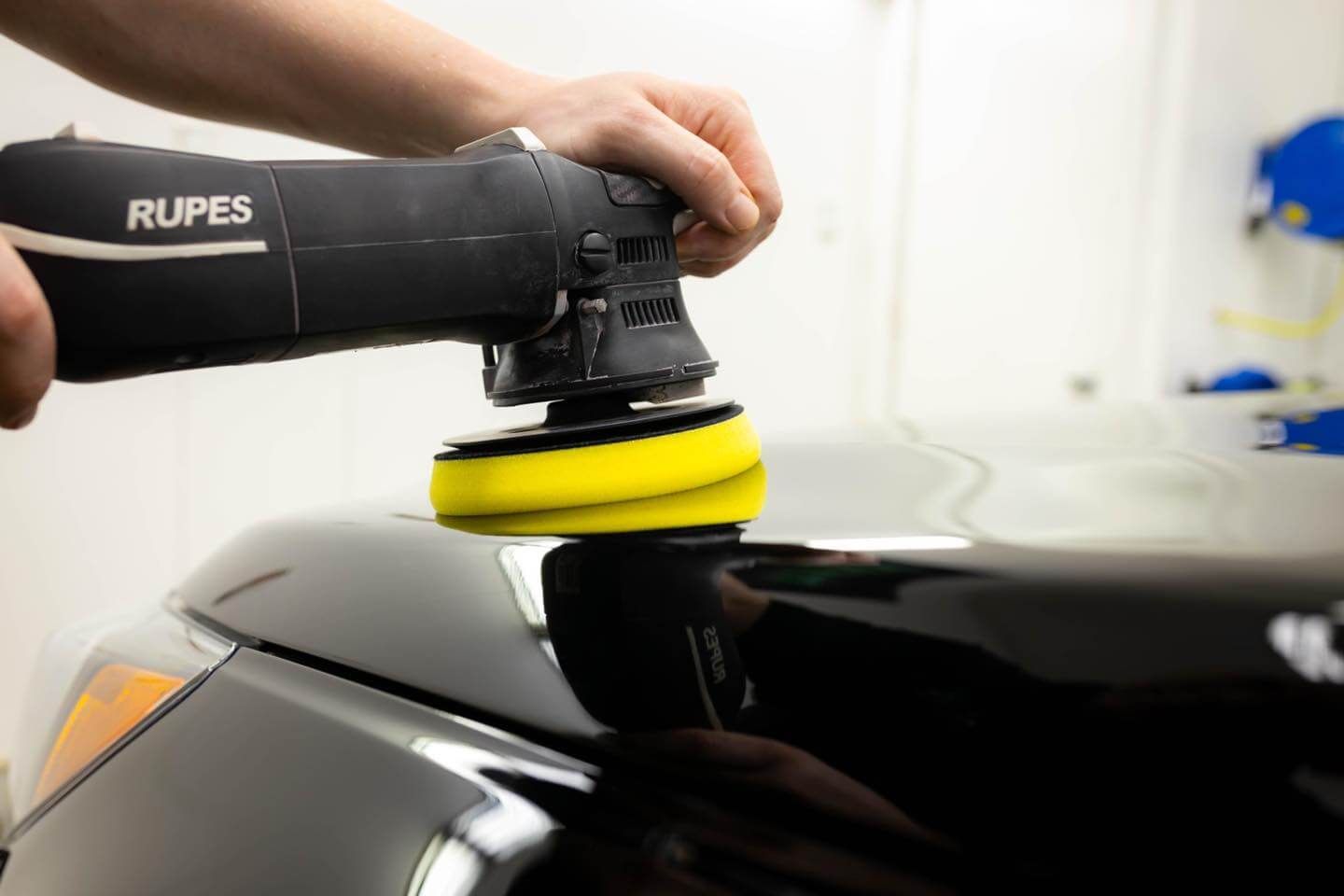Interior car detailing is as important as detailing your vehicle's exterior.
Usually, most car users detail only the exterior, leaving the interior, probably because not everyone sees a car's interior; hence, the negligence.
Of course, your car will look appealing and sport an excellent exterior if you're religious about exterior detailing. However, the interior surfaces will deteriorate over time if not cared for.
Car interior detailing services can range from simple cleaning processes like washing/vacuuming carpets to carpet shampooing, leather conditioning, or steam cleaning, depending on your vehicle's interior condition.
The importance of interior detailing can't be overemphasized. Hence, this article highlights what interior car detailing services involve, the benefits of interior detailing, and other helpful information.
What is Interior Car Detailing?
Interior detailing is the cleaning process carried out on the inner surfaces of a vehicle to maintain it and give its interior a fresh new look.
It is a thorough process for cleaning a car that involves getting rid of dirt and debris from things like leather seats and air vents to make the air inside the car better.
Interior car detailing processes and prices vary depending on car size, detailing package choice, location, and the detailer's expertise.
What Does a Professional Interior Detailing Service Entail?
The goal of professional interior detailing is to give your car's interior a clean, near-new look. Routine dusting and cleaning may not be enough to maintain a car's interior surfaces, and your vehicle will benefit greatly from regular detailing.
Professional car interior detailing processes include:
- Vacuuming: Interior vacuuming is the first and most essential step in a proper interior detail job. A detailer vacuums the car seats, headliners, trunk, and every other critical area.
- Steam cleaning: This process helps remove stains or dirt that have long settled in carpets.
- Brushing: This process is employed to further the carpet cleaning process.
- Window and glass cleaning: A glass cleaner is used to clean the car windows to aid a clear driving view.
- Leather cleaning: Leather cleaners and soaps are used to rid car seats of dirt and dust.
- Wiping: Windows and dashboards get wiped with a clean microfiber cloth.
- Perfuming: After completing interior cleaning, the detailer perfumes the car to improve the air quality in the cabin area.

7 Benefits of Car Interior Detailing
Lack of proper maintenance through regular interior detailing may accelerate the wearing and tearing of car seats, center consoles, and other surfaces, reducing a vehicle's overall appeal and value.
Below are some of the significant benefits of car interior detailing.
Reduces/Prevents Wear and Tear
Regular interior detailing will help curb excess wear and tear. If you neglect the proper cleaning of a car's interior, its interaction with dust, dirt, and other contaminants like food particles will gradually eat away the upholstery.
Book regular appointments with professional detailing companies like Five Star Automotive Detailing to keep the car's interior clean. We have the best hands in the business and can assure you of satisfactory service.
Prevents Health Issues
Impeccable indoor air quality and a clutter-free cabin enhance an individual's driving experience.
If your air vents or the whole car are dusty, the air quality is reduced, which might lead to health issues or allergic reactions.
Your interior space becomes safer by performing preventive maintenance, such as regular detailing, air filter cleaning, or replacement.
Increased Safety
Clear visibility is a significant criterion when driving. Dusty windshields and windows can impair a driver's visibility.
A professional auto detailing company like Five Star Automotive Detailing will adequately clean these areas with the right cleaning products and techniques to improve your driving visibility.
Addresses Stain Removal
Constant car usage makes it interact with various sources of dirt and contaminants. These stains can mar the clean look of the vinyl, leather seats, carpet, and other interior surfaces.
Proper interior detailing will guarantee the removal of any dirt, regardless of the location, using the right cleaning tools, procedures, and protective leather covers.
Boosts/Retains Vehicle Value
Getting your car detailed regularly is a long-term investment that may yield a great return.
If you want to be able to sell your car for a good price after a few years, you should schedule regular interior detailing appointments with a company like Five Star Automotive Detailing. This will help keep your car's value up and make it easier to sell in the future.
Upholstery Preservation
Summer comes with intense sunlight. Excessive sunlight exposure and UV rays are notorious for damaging interior surfaces, especially plastic, and leather.
Opting for regular interior detailing appointments and having window tinting done on the car will help lessen the effect of the sun and protect the car's upholstery.
Odor Elimination
The final step of every professional interior cleaner's process is adding an air freshener or odor eliminator to maintain a pleasant cabin smell and atmosphere.
A professional interior detailer will remove any odor-causing entity in the vehicle and fit an air freshener within the cabin.
Five Pro Tips for Detailing Your Car
Get Rid of Loose Items
Before an interior detailing appointment, make sure you get rid of items like electrical appliances or training equipment from your car.
Clean From the Top
Start the vacuuming/cleaning from the dashboard, air vents, or steering wheel, then advance to the carpets and floorboards. Clean from the top and move down for better results.
Look Carefully For Dust
Make sure you check all tight corners for dust or dirt when cleaning.
Check Under Car Seats
Surprisingly, car seats hide a lot of dirt; endeavor to slide them forward and clean them carefully.
Clean Windows
Visibility is a driving necessity. Ensure you clean windows correctly and with suitable materials to avoid water spots and streaks.
Give Us A Call Today
Five Star Automotive Detailing, Rochester, is Minnesota's best interior and extensive auto detailing agency. We offer services ranging from interior detailing, ceramic coating, and paint correction to exterior detailing.
Considering the numerous benefits of interior detailing, are you ready to get that car's interior detailed? Give us a call or book an appointment with us at 507-213-3561, and you'll be impressed at how committed we are to delivering five-star service.






